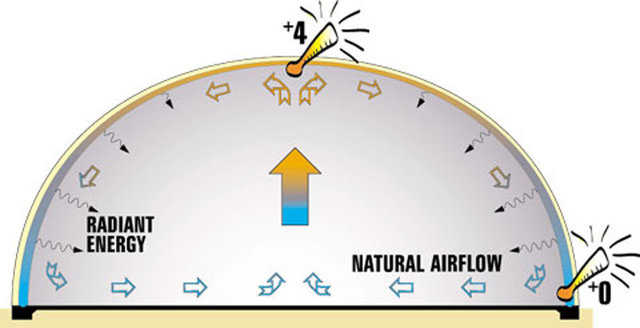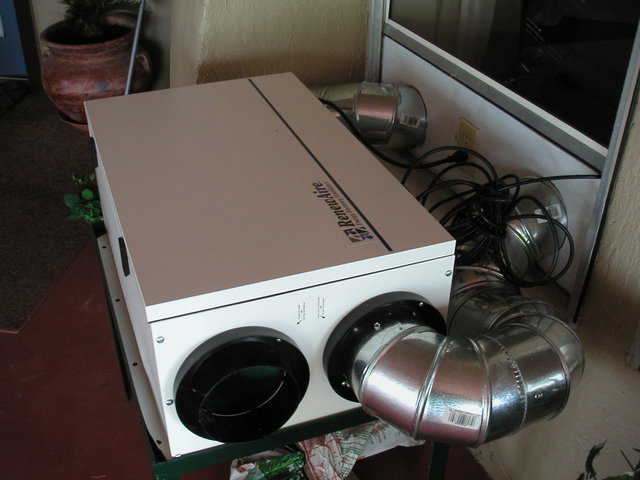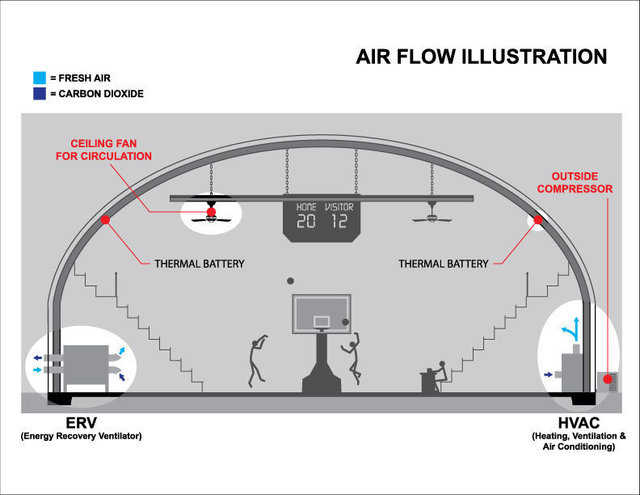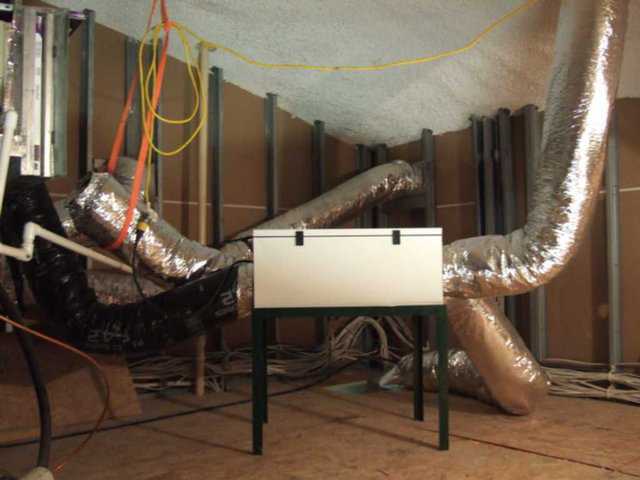Cost to cool your building

Like many traditional schools, this building has a line of 20 air conditioning units along its back wall. The companion building has another 20 units along its back wall. That’s 40 AC units at just one school! Consider what it costs to install 20 units. How much electrical do those 20 units require? How much copper? How much just plain expense does it take to install and run 20 units?



